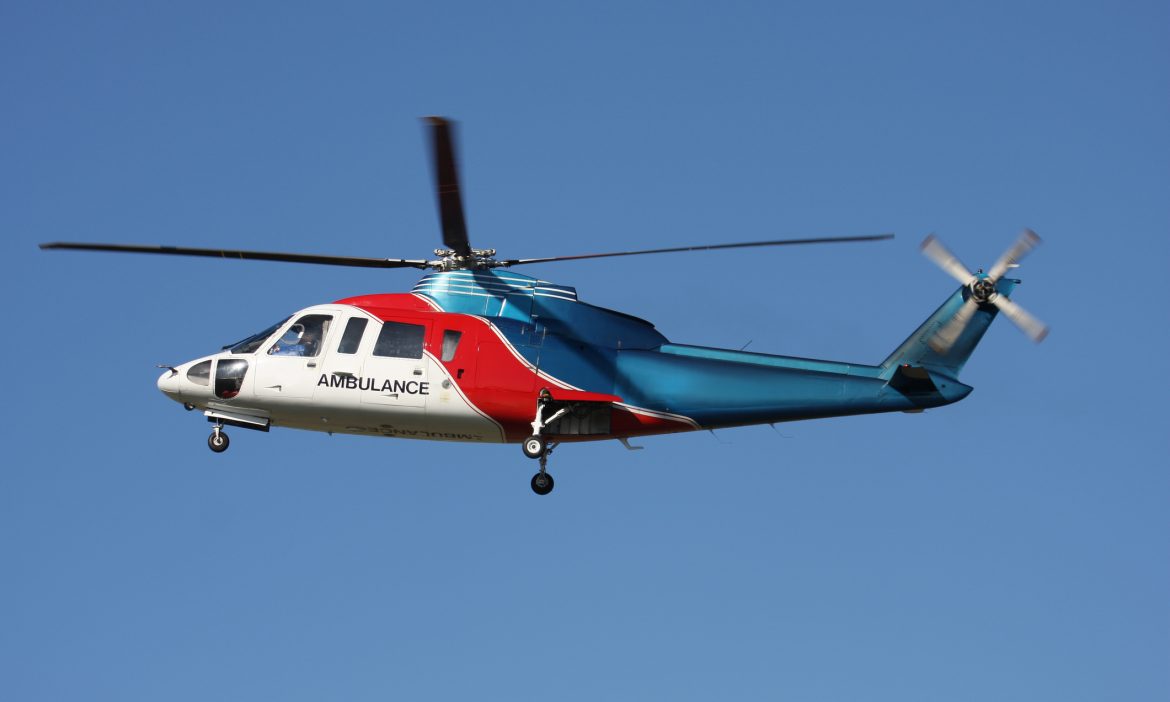Key Takeaways
- BlueCross is offering air ambulance providers the opportunity to join our networks.
- Our offer would pay them more than what they receive from Medicare, but significantly less than what they charge us today.
- We’re also adding a prior authorization requirement – but only for non-emergency transportation needs. Emergency air transport between facilities will be covered, with in-network benefits applied, if ground transport endangers a member’s life.
“A ride in the sky” for medical care is stressful, and that’s not helped if it comes with a sky-high bill.
BlueCross is a taking a big step to bring these charges back to earth.
In our advocacy role for quality care and lower costs on behalf of our members, we’re updating our air ambulance coverage – and keeping you up to speed on these changes.
Air ambulance 101
Air ambulance transport can be broken into two categories: rotary (helicopter) transport, primarily for patients in need of short-distance travel for emergency care, and fixed-wing (airplane) transport, for patients traveling long distances for specialized care.
BlueCross has now established a solution that is meant to lower the cost burden for these services.
In 2016, more than 2,000 BlueCross members received air transport as part of their care. We paid more than $50 million for those services, which reflects a 73% increase from just three years ago. This rise in costs is unsustainable for BlueCross members, and we have to bring rates down to help control claims costs and premiums.

A closer look at the numbers
- In 2016, elective transfers – when the patient did not require immediate, emergency air transportation – represented around $23 million.
- In one instance, we paid more than $450,000 for fixed-wing transportation from Arizona to Tennessee.
- In another, we paid nearly $25,000 to have one member transferred by air between two hospitals just two miles apart in the same city.
Our two-part solution
First, as of July 28, 2017, we are offering rotary and fixed-wing air ambulance service providers the opportunity to sign Blue Network P and Blue Network S commercial contracts at what we believe is a fair market reimbursement level. Providers have 30 days, or until Aug. 28, to sign these contracts.
Second, we are implementing new maximum allowable charges for these services, which take effect Jan. 1, 2018. We are offering to pay providers significantly more than what they receive from the federal government, but they have been unwilling to accept the same rates from us in the past.
On average, air ambulance providers currently charge BlueCross 10 times what Medicare pays.
- We’re still offering to pay providers who join our network five times what they accept from Medicare. Even at those rates, we’ll be saving a significant amount of money on behalf of our members.
- Providers who don’t join our network will receive three times what Medicare pays.
Why this matters to you
We’re committed to negotiating these savings to manage claims costs and slow the growth of premium increases. If this contract revision had been in place last year, BlueCross could have saved between $18 and $23 million on behalf of our members and customers.
An important point to stress is that these coverage changes do not affect members who require emergency transport, such as those who have suffered severe trauma at the scene of an accident. Emergency air transport to the nearest facility equipped to treat the illness or injury will be covered, with in-network benefits applied, if ground transport time poses a threat to the individual’s health.
Transport for minor injuries such as broken bones and fractures, moving a loved one to a closer location, and transplant surgery are examples of non-emergency, or elective, air transport. We’ll require prior approval – when your doctor asks BlueCross ahead of time to cover the service – for non-emergency air ambulance transfers.
Out-of-pocket cost
There is a possibility that air ambulance providers could charge you more than what BlueCross agrees to pay. These fees can be excessive. According to a recent article in Consumer Reports, air ambulances frequently transport patients who could easily rely on ground transport to the nearest hospital, and then bill them in the tens of thousands of dollars with no advance warning.
Air ambulance providers who join one of our networks will agree not to balance bill, or charge more than our maximum allowable charge.
If you are balance billed, you are not alone. Know that we will advocate on your behalf and urge providers to reduce or waive your costs, though they may choose not to do so.
Our greatest commitment is to our members and our customers. By offering these contracts to air ambulance providers, and setting a more reasonable rate structure, we’re making sure all of our members can keep getting the care they need while protecting them against unfair charges. At the same time, we’re helping manage the growth of future premium increases due to medical costs.


 Larry is responsible for leading all activities concerning the structure and design of the company’s provider networks, including contract negotiations with hospitals, facilities and physician groups.
Larry is responsible for leading all activities concerning the structure and design of the company’s provider networks, including contract negotiations with hospitals, facilities and physician groups.